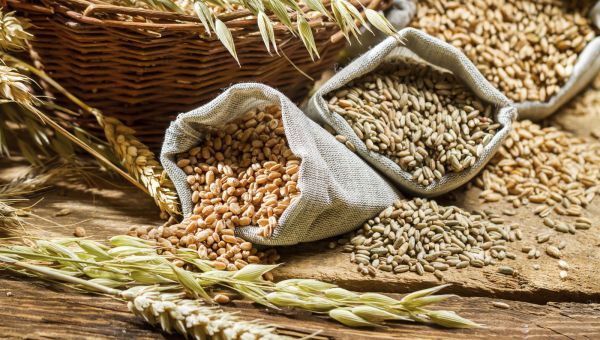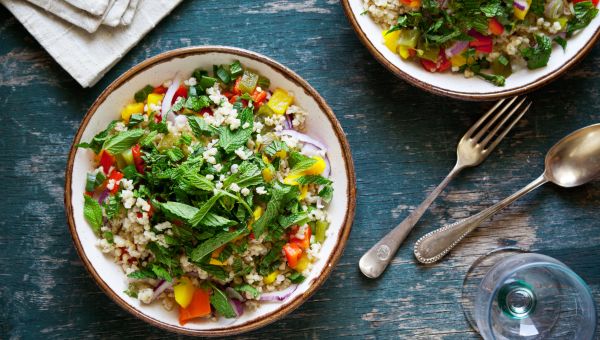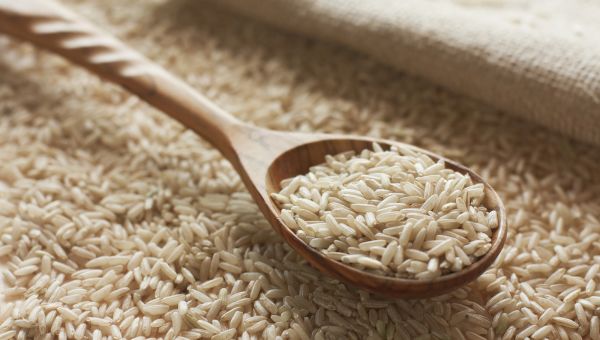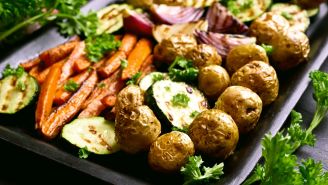4 great grain recipes to try today
Swap out refined grains for whole grains and to help lower your risk of disease.
Updated on July 13, 2022

You’ve probably heard that you should eat whole grains instead of refined grains, but do you know why that's so important? In a nutshell, whole grains aren’t as processed as refined grains, so they still have most of their fiber and nutritional content. Research suggests that swapping out refined for whole grains can help reduce your risk of chronic disease. Learn about different and delicious kinds of whole grains, plus some great recipes.

Bulgur
Don’t let the unusual name keep you from putting this whole grain in your cart next time you’re at the grocery store. Bulgur, common in Middle Eastern and Indian food, is high in fiber and manganese. It’s also a low glycemic-index food, meaning it won’t make your blood sugar or insulin levels spike, especially good news if you have type 2 diabetes. Like other whole grains, bulgur can help lower risk of heart disease. Looking for ways to enjoy bulgur? Try tossing it with fresh veggies and herbs for a refreshing bulgur salad.

Barley
Barley is a nutrient-packed whole grain. Just one half cup of raw pearled or hulled barley delivers about 16 grams of dietary fiber—64 percent of your daily recommended need. Plus, it has protein to help keep you full, no cholesterol, and plenty of selenium. Barley is also rich in choline, a nutrient that may help reduce chronic inflammation. Looking to incorporate barley into your diet? Add barley to soups or toss it in salads.

Quinoa
Say goodbye to plain white rice and hello to quinoa, a healthier, nuttier alternative. (Oddly enough, quinoa is actually a seed, but nutritionally it falls under the whole grain bucket.) Naturally gluten-free, quinoa is high in protein, iron, and potassium, making it a favorite among vegetarians. In the same way that other whole grains can, quinoa helps promote a healthy heart. And if you’re living with diabetes, quinoa is especially good for you. You can incorporate quinoa into a range of dishes that call for grains. Looking for a meal that lets it shine? Try this savory, spicy quinoa bowl.

Brown Rice
When a grain is refined, the dietary fiber and minerals your body needs are taken out, leaving little nutritional content. Brown rice, for example, is just white rice with the nutrient-packed bran layer still intact. It takes longer to cook than white rice, but swapping out refined grains for whole grains is worth a little extra time in the kitchen. One study found that women with a higher intake of whole grains had a lower mortality rate, as opposed to those whose diets were high in refined grains. Try brown rice in this zesty, filling salad.
More On


video

article

slideshow


video


video
